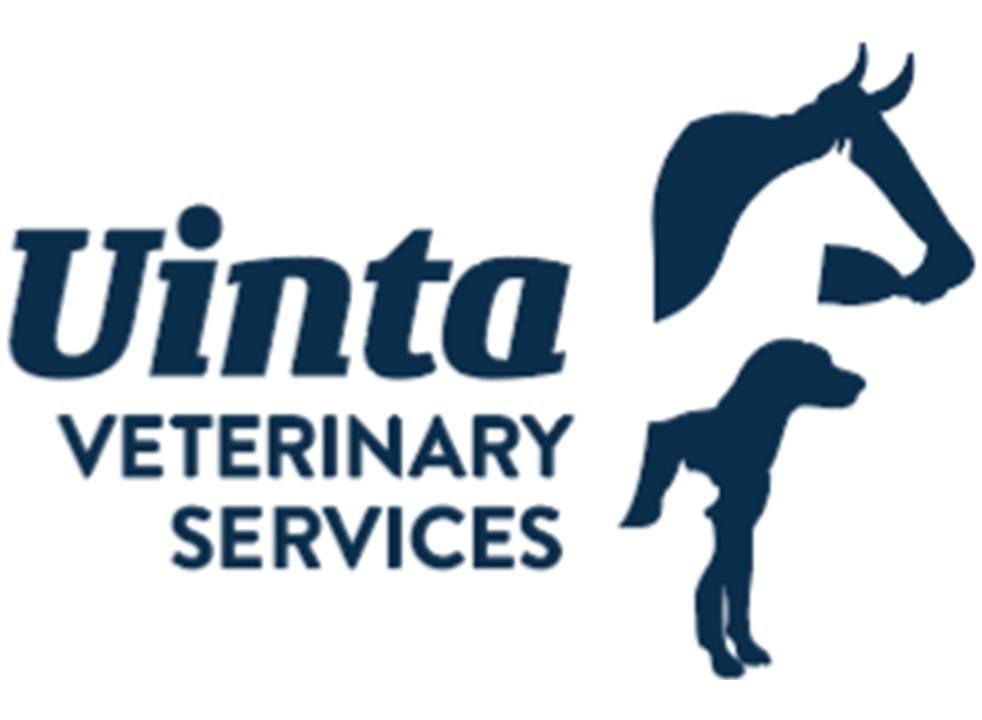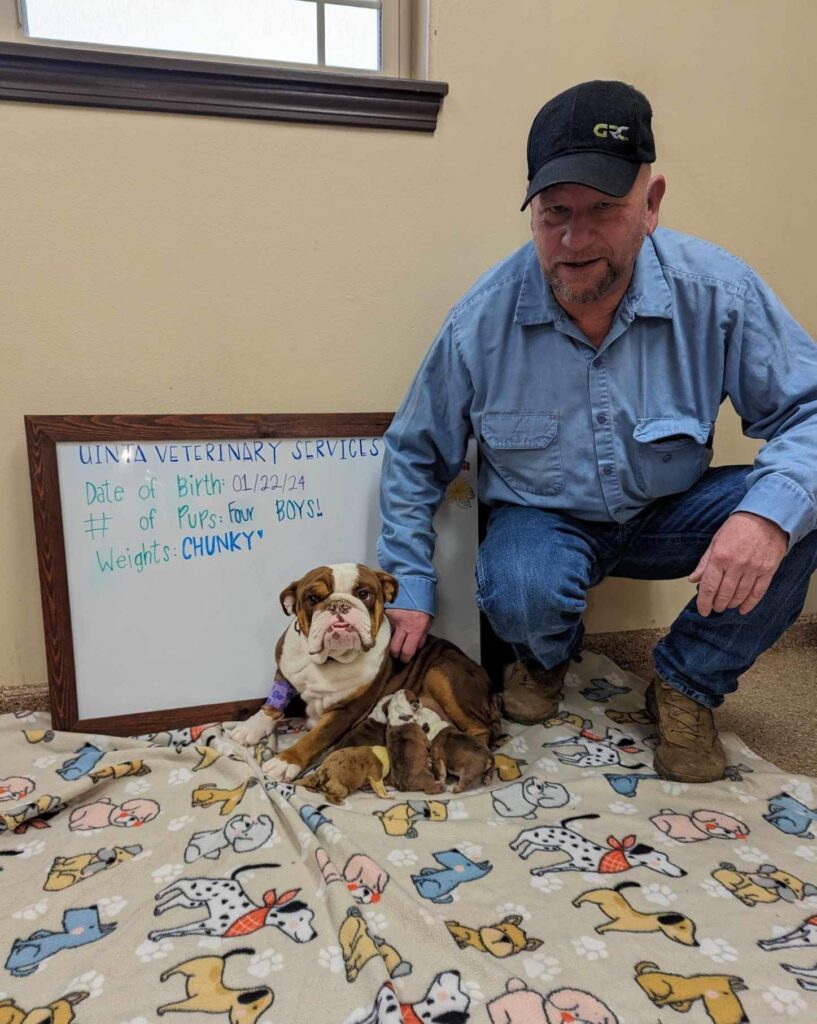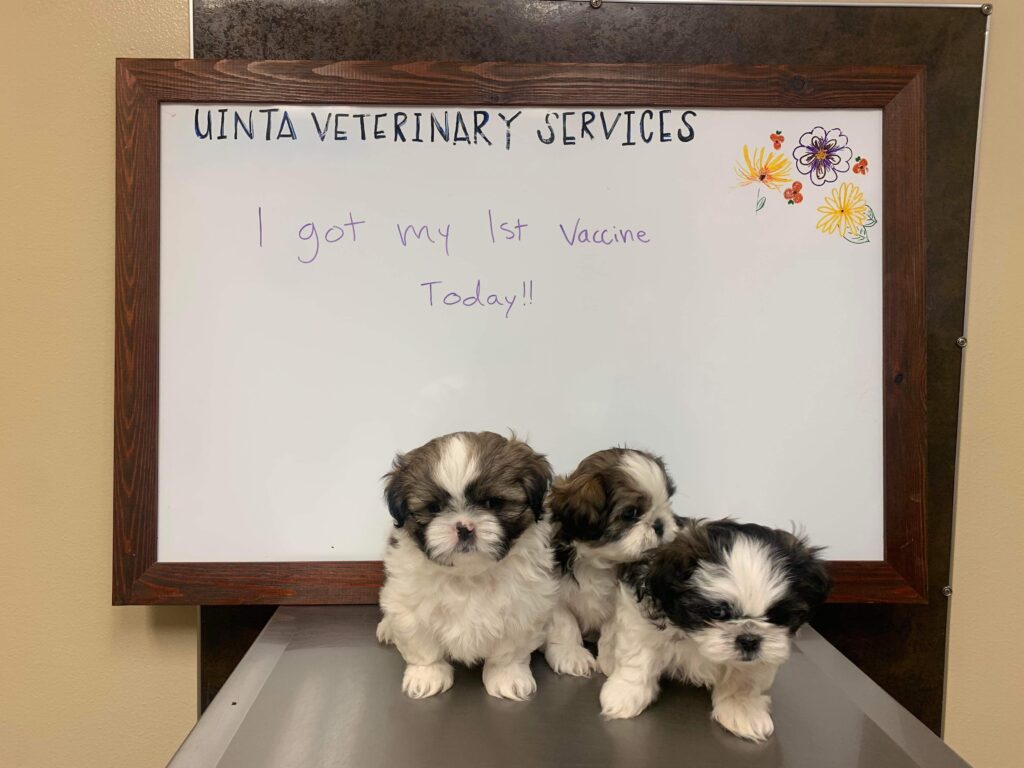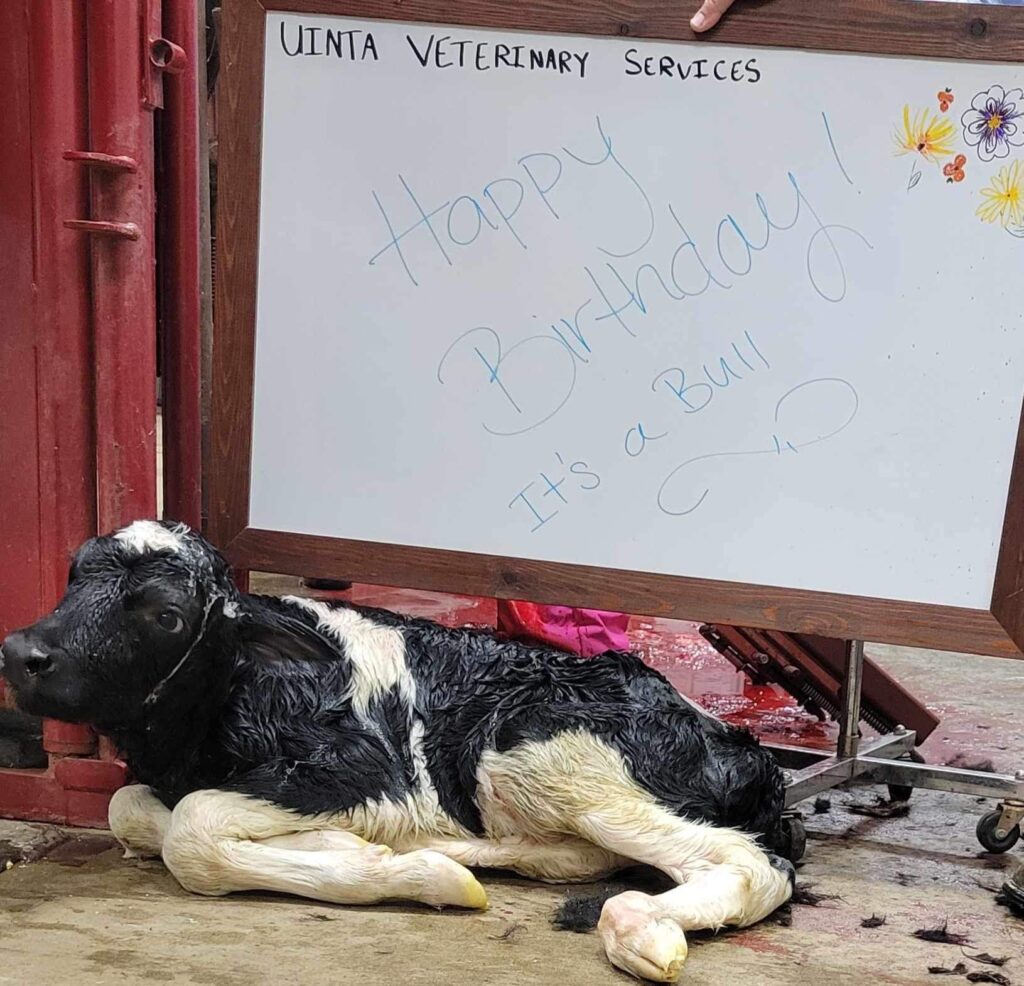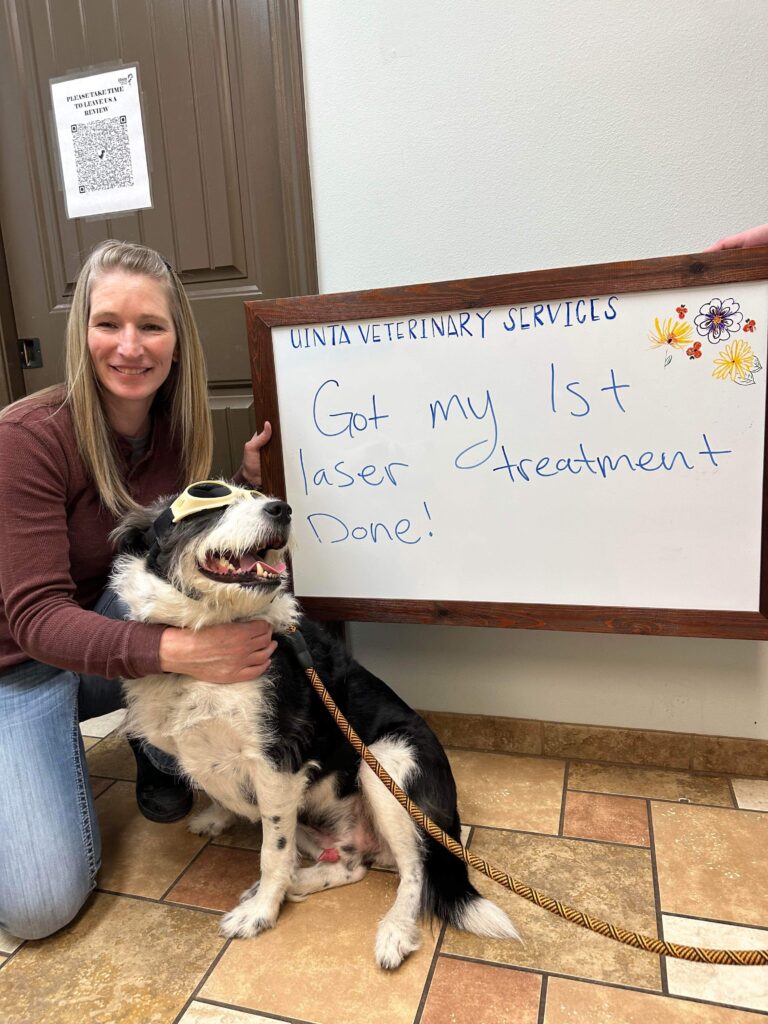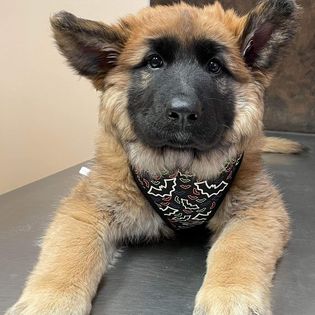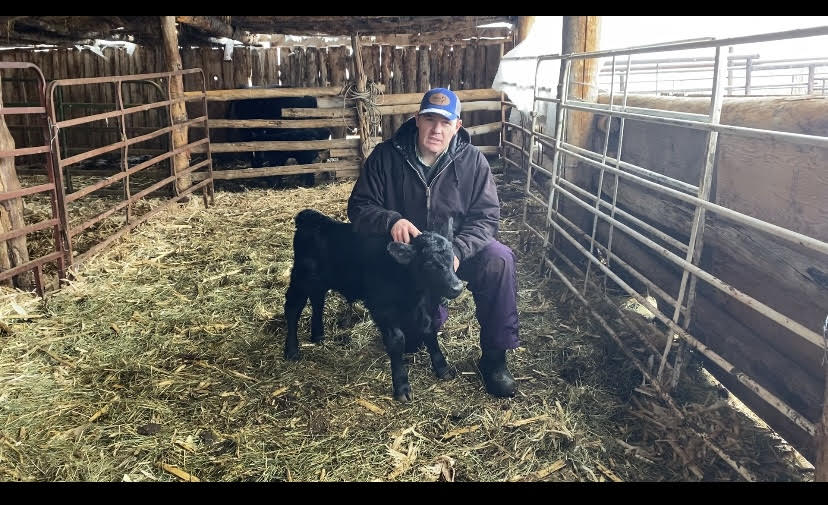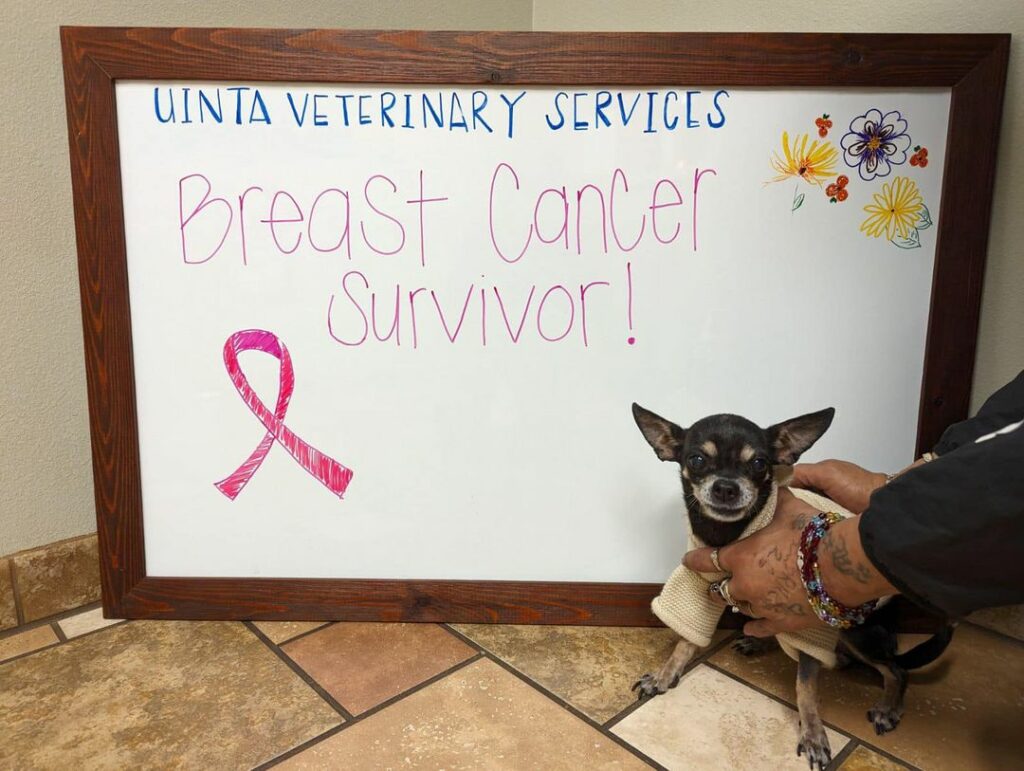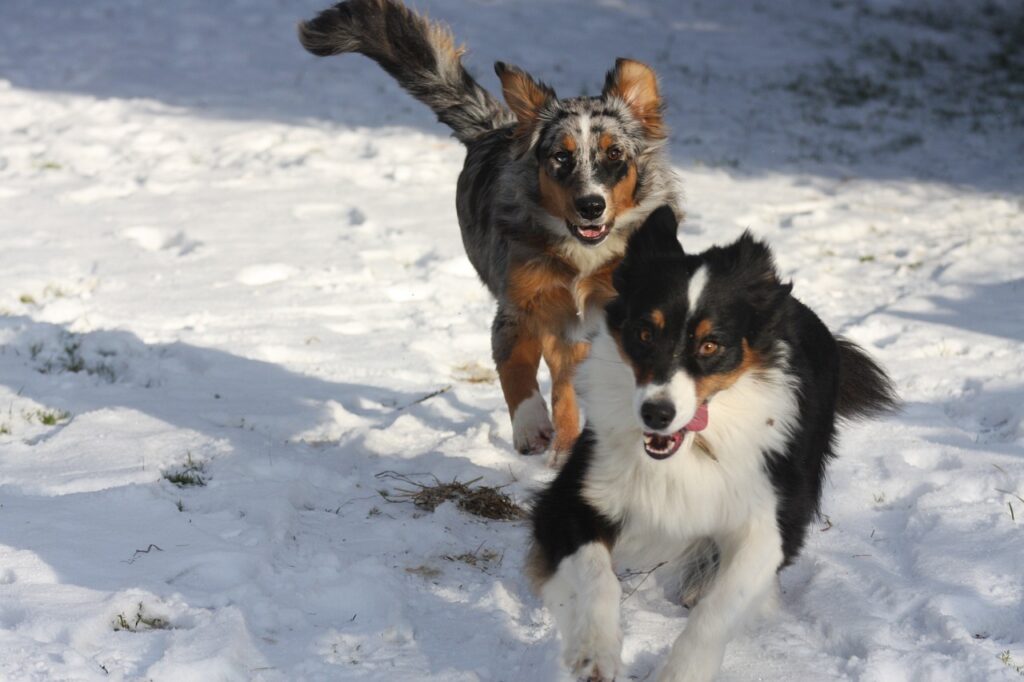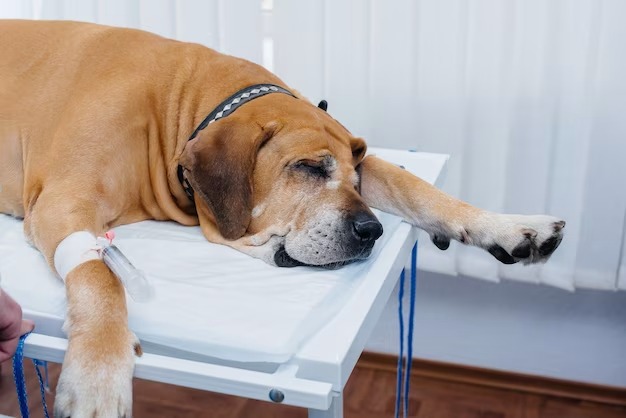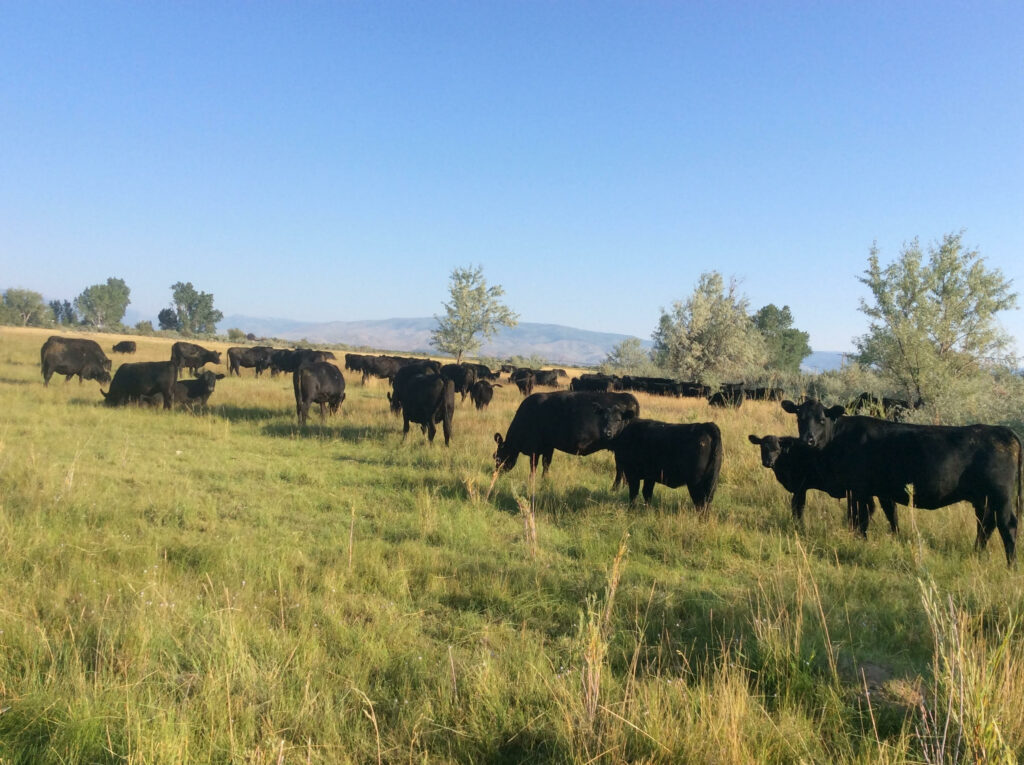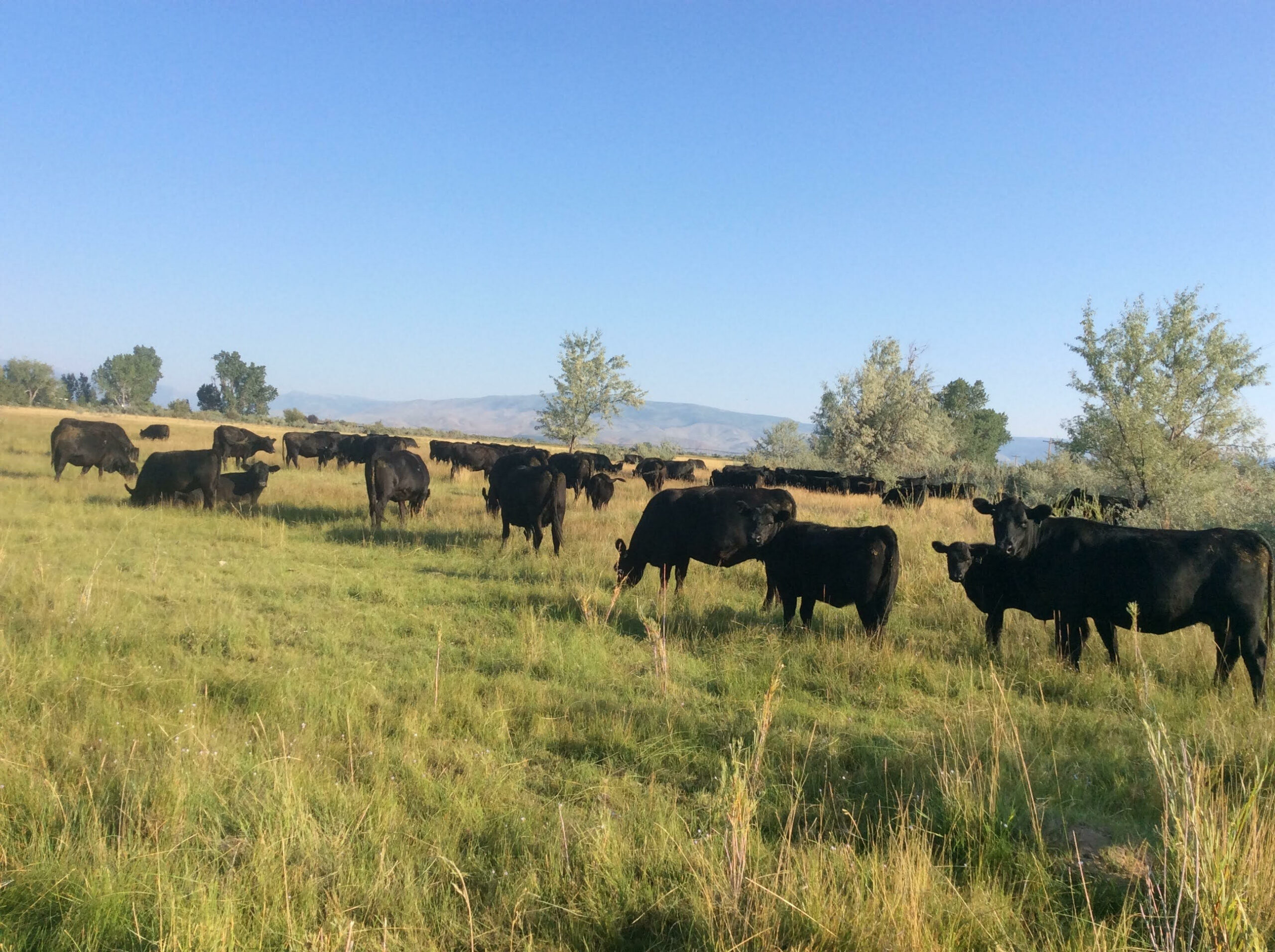
Spring and Fall Planning for Herd Health Checks and Cold Weather Nutrition for Livestock
Introduction
Fall is upon us and Spring will soon come, it is a time of renewal and growth for both the land and the livestock. As the cold winter months come and then gradually give way to milder weather, it becomes crucial for Ranchers to engage in comprehensive planning for the upcoming season. Overall Herd Health is crucial. We will delve deeper into the importance of spring and fall preparation for herd checks, pregnancy checks, bull evaluation, and optimizing cold-weather nutrition for livestock.
Section 1: Evaluating Overall Herd Health
The health and well-being of your livestock are fundamental to your Ranch’s success. Spring and Fall are an ideal time to assess the overall health of your herd. Here are some essential steps for evaluating your livestock’s condition:
1.1. Body Condition Scoring (BCS):
Begin by assessing the body condition of each animal. A body condition score (BCS) helps you determine if your livestock are too thin or too fat, indicating possible nutritional deficiencies or imbalances. At an ideal time, our animals will be at a 4.5-5.5 out of 9. If our cows are too fat or too thin it can cause problems reproductively in their ability to maintain a pregnancy. As our cows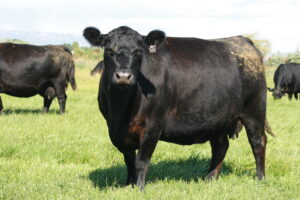 become pregnant their score should become close to a 6 so that they can provide the nutrition they need for their calf and they themselves can start cycling again and breed back.
become pregnant their score should become close to a 6 so that they can provide the nutrition they need for their calf and they themselves can start cycling again and breed back.
1.2. Health Check-ups:
Schedule a thorough health check-up for your herd including thorough assessments for signs of illness, lameness, and injury. We also want to ensure vaccinations and deworming protocols are up to date, implementing a comprehensive parasite control program to keep your livestock free from internal and external parasites. Consult with us, your veterinarians to create a plan tailored to your herd’s needs. This is a good practice because it not only allows your herd to be checked but it also develops a good working relationship between parties and is now required by law in order for you to be able to purchase any antibiotics!
Section 2: Pregnancy Checks
Pregnancy checks are crucial for managing the reproductive health of your herd. Conduct these checks at the appropriate time in gestation to ensure optimal herd management.
2.1. When should I Preg Check?:
If you prefer one of our Doctors to ultrasound your cows for pregnancy then the best time to do that is 60-90 days after breeding. If you prefer palpation then anything over 90 days is the most accurate. Although we can detect pregnancy before then, this timing allows for accurate detection of pregnancy, reduces the likelihood of false negatives, and helps you make informed decisions about culling and resource allocation.
2.2. Why Preg Check?:
There are multiple benefits of Pregnancy Checking. The first most obvious is you find out if your cows are pregnant or not and this allows you to make the decision if it is worth carrying the cow for another year. Feeding her without having a calf, or if you should pass her on. The next thing is it allows you to know when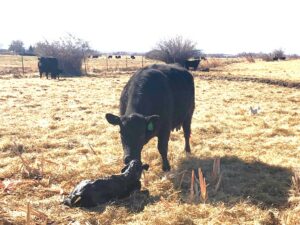 to expect calves and how to group them. Making it easier to know what part of the herd you really need to watch. Another benefit is it allows you to see at what point your cows are getting pregnant and maintaining. At this point you would know if you are having early pregnancy loss, late pregnancy loss, that your bulls aren’t performing, and if you need to make adjustments.
to expect calves and how to group them. Making it easier to know what part of the herd you really need to watch. Another benefit is it allows you to see at what point your cows are getting pregnant and maintaining. At this point you would know if you are having early pregnancy loss, late pregnancy loss, that your bulls aren’t performing, and if you need to make adjustments.
Section 3: Bull Evaluation
Bulls play a critical role in your breeding program, and their reproductive health is paramount to your herd’s productivity. Spring is the ideal time to assess the fertility of your bulls through Semen and Trich Testing.
3.1. Semen Testing
We conduct semen tests to evaluate their sperm quality and quantity. Fertile bulls are essential for a successful breeding program. If they don’t have enough normal cells, the sperm aren’t moving fast enough, or there is white blood cell (meaning they have an infection in their body), then there is less of a chance that they will be able to perform as they need to in order to get all of your cows bred. If a bull’s semen test indicates suboptimal fertility, consider culling or replacing them. A fertile bull contributes to a higher conception rate, which is essential.
3.2. Trich
Trichomoniasis is a venereal disease that affects cattle and can lead to reproductive failure in your herd. Testing for trichomoniasis is an essential component of spring planning for cattle.
Trichomoniasis can lead to early embryonic death, abortion, and infertility in your cows. Conducting trichomoniasis tests for your bulls is crucial to prevent the spread of this disease within your herd.
3.3. Physical
As we evaluate you bulls we do more than just check their semen to make sure that it is good. We also do a physical exam on your bull. We want to make sure that the bull is able to get your cows bred. This means we check their feet, to make sure they can get around ok and move to the cows. We check for lameness and condition to make sure the bull is going to be able to mount the cows. Eyes that they still have good vision to see, and overall health, lungs, heart, teeth, etc.
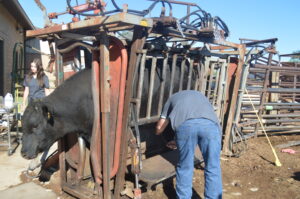
Section 4: Cold Weather Nutrition
While spring might bring warmer temperatures, it can still be a challenging time for livestock nutrition, as cold weather can persist. Adequate nutrition is crucial to keep your animals healthy and thriving. Here are some considerations:
4.1. Energy Requirements:
Cold weather increases the energy requirements of livestock to maintain body temperature. Adjust your feeding regimen to provide more calories during colder periods. Ensure your animals have access to high-quality forage. Consider supplementing with hay and grains to meet their nutritional needs during the colder months.
4.2. Adequate Water:
Cold weather can lead to reduced water intake. Ensure that your livestock have access to unfrozen, clean water at all times.
4.3. Mineral Supplements:
Test your forage and provide mineral supplements to fill any nutritional gaps. Consult with a livestock nutritionist to create a balanced diet for your herd.
Conclusion
Comprehensive spring planning for herd checks, evaluation for bulls, pregnancy checks at the appropriate time, and optimizing cold-weather nutrition is essential for maintaining the overall health and productivity of your livestock. By conducting these assessments and addressing any issues, you can set your livestock up for a successful and thriving season. Responsible ranching entails consistent monitoring and care, ensuring healthy, happy animals, increased productivity, and a sustainable operation for the long term.
For more information visit https://www.youtube.com/watch?v=A-Ww1Fjayc0
